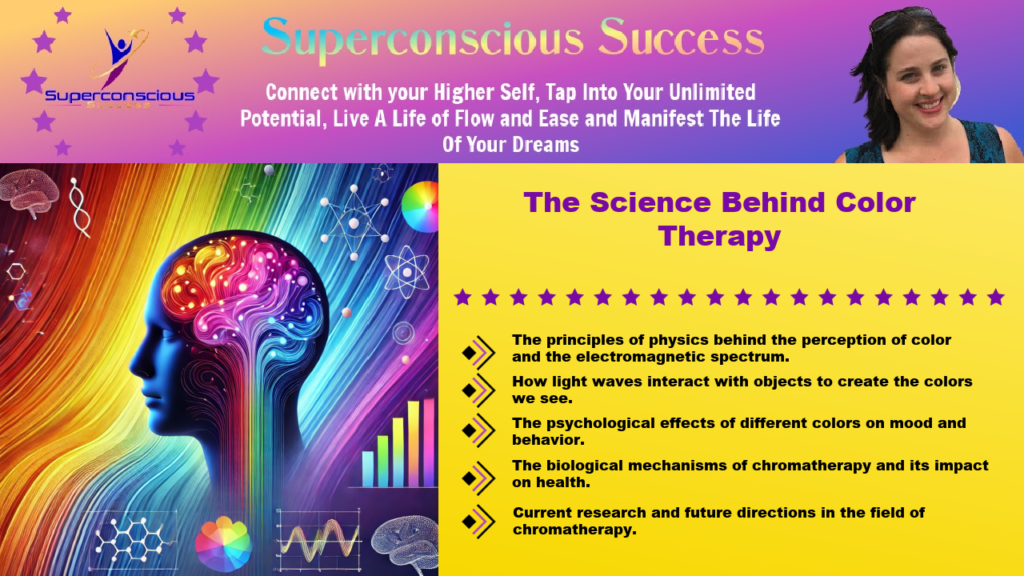
Hey there! In this blog post, you’ll dive into the fascinating world of color and discover how it works through the principles of physics and the electromagnetic spectrum. We’ll explore the science behind light waves and how they interact with objects to produce the colors we see. You’ll also learn about the psychological effects of colors, how chromatherapy can influence your mood and well-being, and the biological mechanisms behind this intriguing therapy. Additionally, we’ll look at current research and future directions in the field of chromatherapy. By the end, you’ll have a deeper understanding of how colors impact our lives and the potential benefits of using color for therapeutic purposes.
Chromatherapy is based on the idea that specific colors can influence biological mechanisms in our bodies. Exposure to certain colors affects circadian rhythms, hormone production, and neurotransmitter activity. For instance, blue light impacts circadian rhythms by suppressing melatonin production, a hormone that regulates sleep-wake cycles. This leads to increased alertness and better cognitive function during the day.
Colors can also influence hormone production. Red light, for example, stimulates the production of adrenocorticotropic hormone (ACTH), which in turn affects the release of cortisol, a stress hormone. Similarly, green light exposure links to the release of endorphins, promoting a sense of well-being and reducing pain perception.
Neurotransmitter activity is another area influenced by chromatherapy. Different colors alter levels of neurotransmitters like serotonin and dopamine. Blue light boosts serotonin levels, potentially improving mood and reducing symptoms of depression. Yellow light might enhance dopamine production, which is associated with feelings of pleasure and reward.
Physiological processes such as blood pressure, heart rate, and skin conductivity are also affected by color therapy. Blue and green lights have a calming effect, lowering blood pressure and heart rate. In contrast, red light tends to be stimulating, potentially increasing heart rate and blood pressure. Skin conductivity, which measures the skin’s ability to conduct electricity, also changes with color exposure. Red light increases conductivity due to heightened arousal states.
Scientific research supports these observations. For example, a study in the Journal of Physiological Anthropology found that blue light exposure significantly reduced heart rate and increased parasympathetic nervous system activity, promoting relaxation. Another study in the International Journal of Neuroscience reported that green light reduced stress and improved mood.
Overall, these biological mechanisms suggest that specific colors can influence various physiological processes, offering health benefits that range from improved mood and reduced stress to enhanced cognitive function and better sleep quality.

















